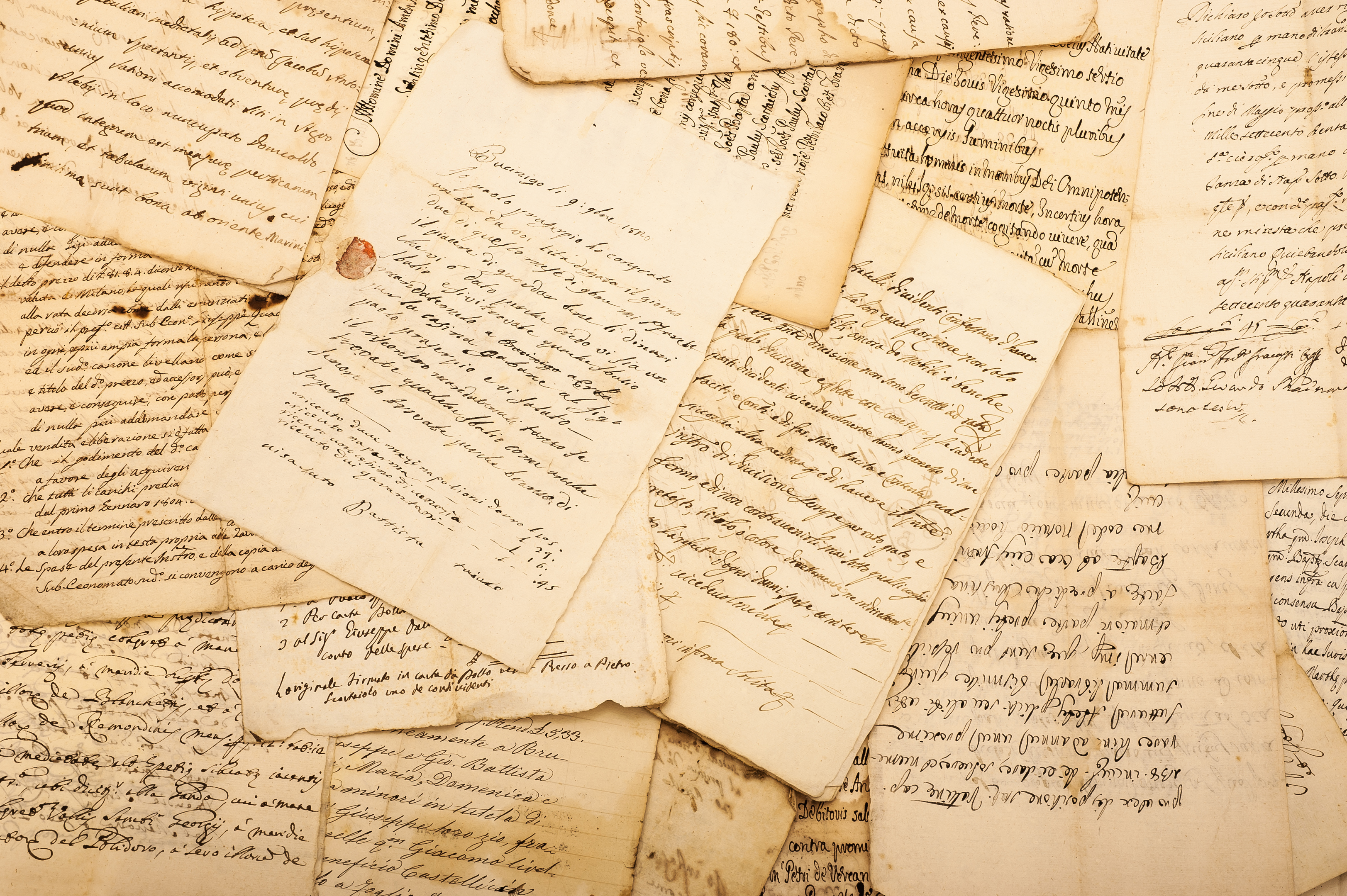
A 1791 handwritten manuscript of a song by Robert Burns is to go on display for two hours only in a special showing to celebrate his birth date.
The manuscript of Ae Fond Kiss, one of the poet’s best known songs, will go on show in the National Library of Scotland premises in Glasgow’s Kelvin Hall on Burns Day on January 25.
It will be displayed between 1.30pm and 3.30pm only, due to the need to restrict the amount of time the 225-year-old document is exposed to light.
Burns wrote the song in December 1791 as his love Agnes McLehose prepared to depart for Jamaica to attempt a reconciliation with her husband.
It expresses the poet’s despair at the end of their relationship.
One of the most recorded of all Burns’s songs, its familiar opening lines “Ae fond kiss, and then we sever; Ae fareweel, and then forever”, are famous around the world.
Ralph McLean, manuscripts curator at the National Library, said: “Burns’s love songs and poems are famous around the world and Ae Fond Kiss is one of his best known works.
“We are pleased to be able to offer people in Glasgow the opportunity to see the original version that Burns composed for Agnes.”
The manuscript is normally kept at the National Library of Scotland in Edinburgh where it is not on public display.
Agnes was born in Glasgow in 1758, the daughter of prominent surgeon Andrew Craig.
Aged 18 she married Glasgow lawyer James McLehose and had four children in the first four years of their marriage.
But it was not a happy union and she left him shortly afterwards, complaining of mental cruelty, and he emigrated to Jamaica to seek his fortune.
Agnes moved to Edinburgh where she met Burns and they became infatuated with each other. The couple exchanged a series of love letters using the pseudonyms Sylvander and Clarinda.
It was a delicate situation given that Agnes was a married woman and the relationship remained a platonic one.
They met for the last time in early December 1791, and Ae Fond Kiss was sent to Agnes a few weeks later.
They never saw each other again, although Agnes remembered the day of their parting forever.
At the age of 72 on December 6 1831, she wrote in her journal: “This day I never can forget. Parted with Burns, in the year 1791, never more to meet in this world. Oh may we meet in Heaven.”

Enjoy the convenience of having The Sunday Post delivered as a digital ePaper straight to your smartphone, tablet or computer.
Subscribe for only £5.49 a month and enjoy all the benefits of the printed paper as a digital replica.
Subscribe